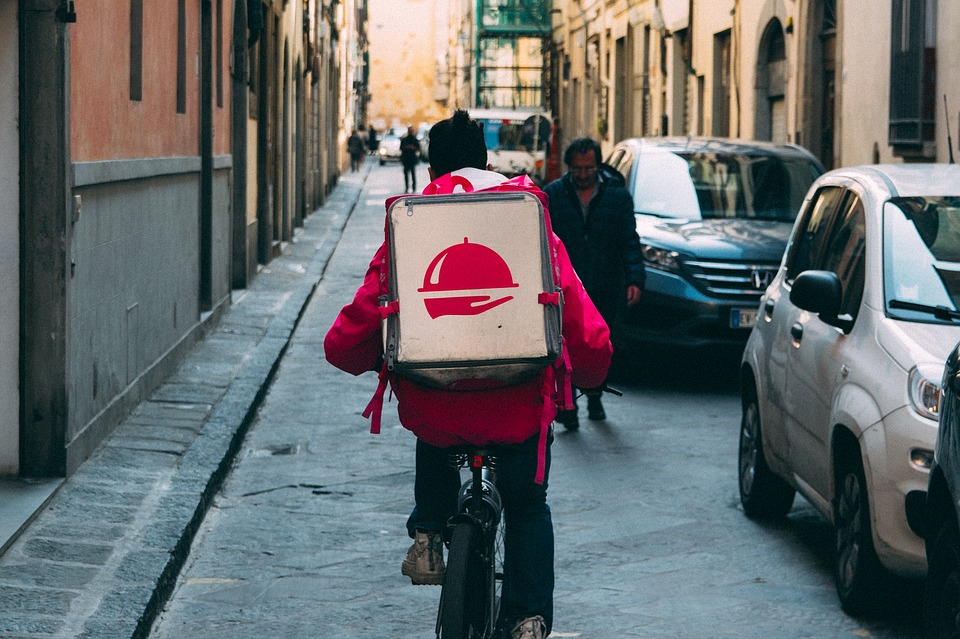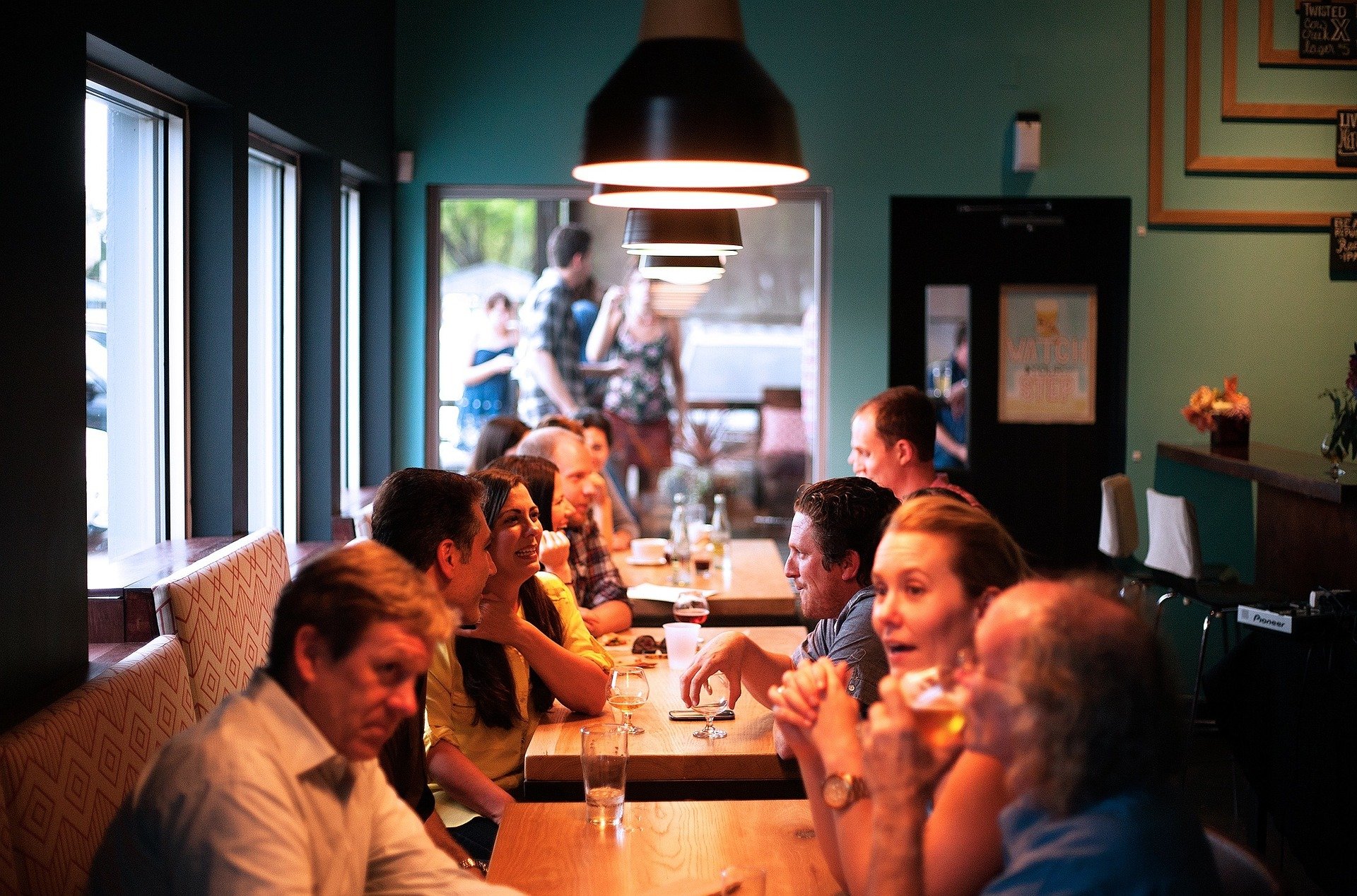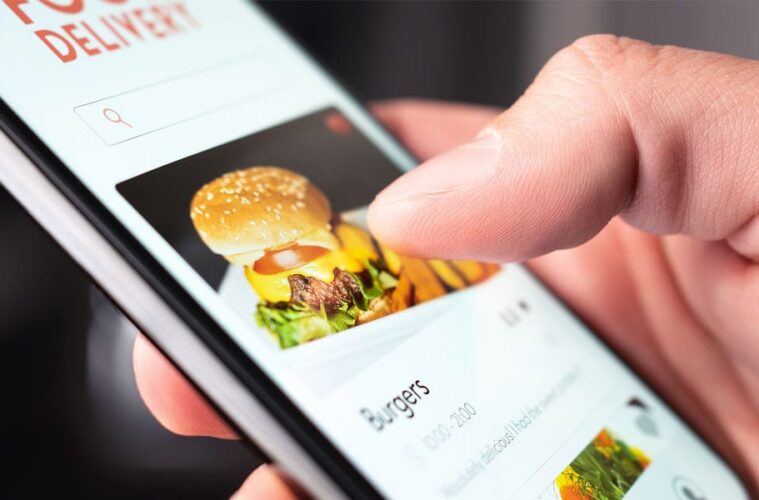Amongst other industries such as tourism and live music, food and beverage businesses were arguably hit the hardest by the Covid-19 pandemic. Even after the government-mandated lockdown was lifted, restaurants and bars have struggled with on and off again in-person dining restrictions that have kept businesses guessing for the better part of the last year and a half. Throughout this whole pandemic takeout and delivery has been the sole profitable option for restaurants struggling to stay afloat.

Consequently, third-party delivery apps have benefited greatly from this conundrum as they provide an easy and accessible way for customers to enjoy good eats from their favourite spots. Read more about a different kind of delivery that offers meal kits straight to your door in this HOLR article. Vividata’s Canadian consumer survey done this fall found that 1 in 5 Canadians use a third-party delivery app every month, with the most popular being SkipTheDishes followed by UberEats. While the services enjoyed the increased business, this past year has also proved how unsustainable and damaging they are for restaurants struggling to earn a profit.

Back when hungry patrons were lined up out the door for a table on a Saturday evening, apps like SkipTheDishes and UberEats were a non-issue. The revenue the delivery services brought in was insignificant when compared to what restaurants were earning through their other revenue streams. Then once offering food through delivery or takeaway became the only option, the 25-30% of the bill that third party services were taking just as a baseline cost of doing business became a problem. The average restaurant operates with a profit margin of about 3-5%, so when delivery apps are taking nearly a third off of each transaction for a “commission fee” it starts to add up. Collin Wallace, the former head of innovation for US-based delivery service Grubhub, commented on a post exposing delivery services claiming “delivery platforms are not actually in the business of delivery. They are in the business of finance.”. In February of last year, an owner of a small pizza chain in Kelowna BC gave a cost breakdown of a $40 order done through a delivery service. After the 25% baseline fee, she was left with $30, which goes towards operating expenses such as payroll, overhead, food costs and more. At the end that $40 delivery order left her with nothing to show for it.

Thankfully, the inequitable practices of these delivery services have been gaining notoriety and governments around North America are beginning to weigh in. The Nova Scotia government used the emergency mandate order to cap fees for services like SkipTheDishes at 15% for delivery and 10% for pickup orders. Needless to say, food and beverage establishments are not obligated to work with these third-party delivery services. but consumer demand for convenient and affordable delivery puts financial pressure on smaller establishments that don’t have the proper infrastructure to handle it. Delivery services are not oblivious of the reality they create either, during the pandemic UberEats slashed its delivery costs substantially. One Halifax has found a solution to the problem by founding his own delivery service called Halihub, which offers less than 10% commission fees that employ 30 drivers. As in-person dining slowly begins to return in some areas, it’s important to remember all that our favourite local eateries have been through. Give the underdog a chance so that everyone has an equal opportunity.



